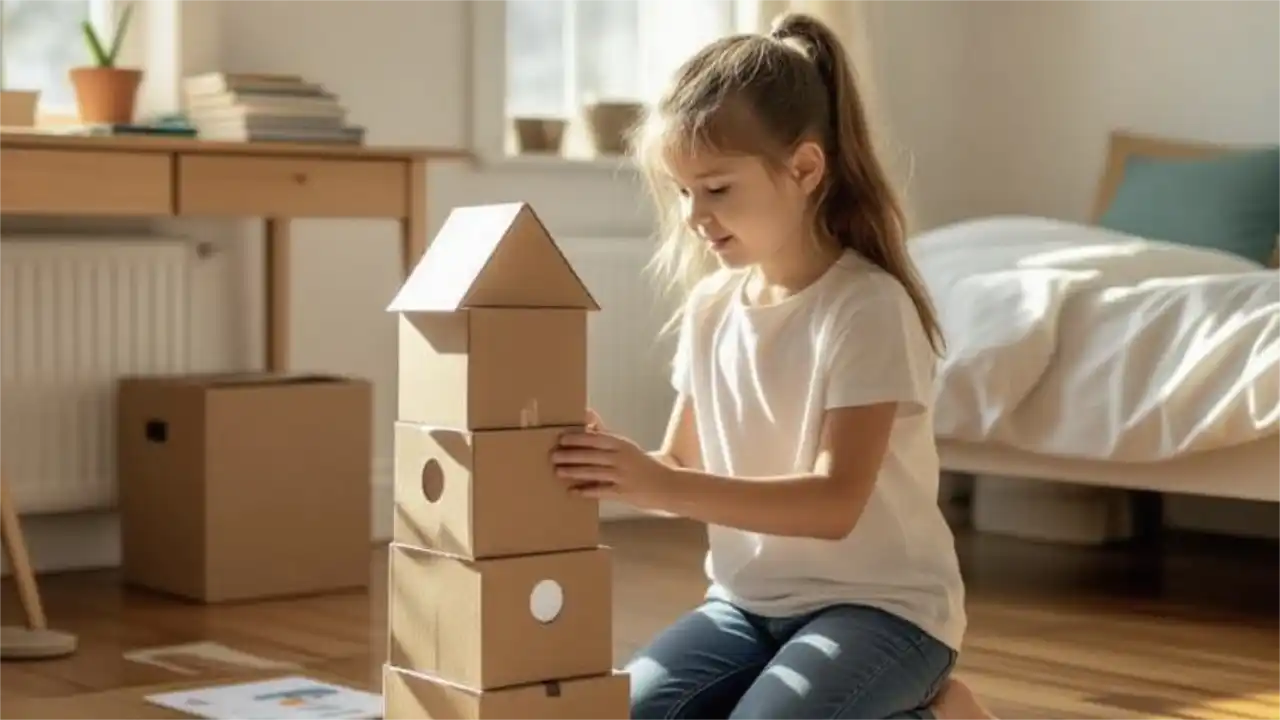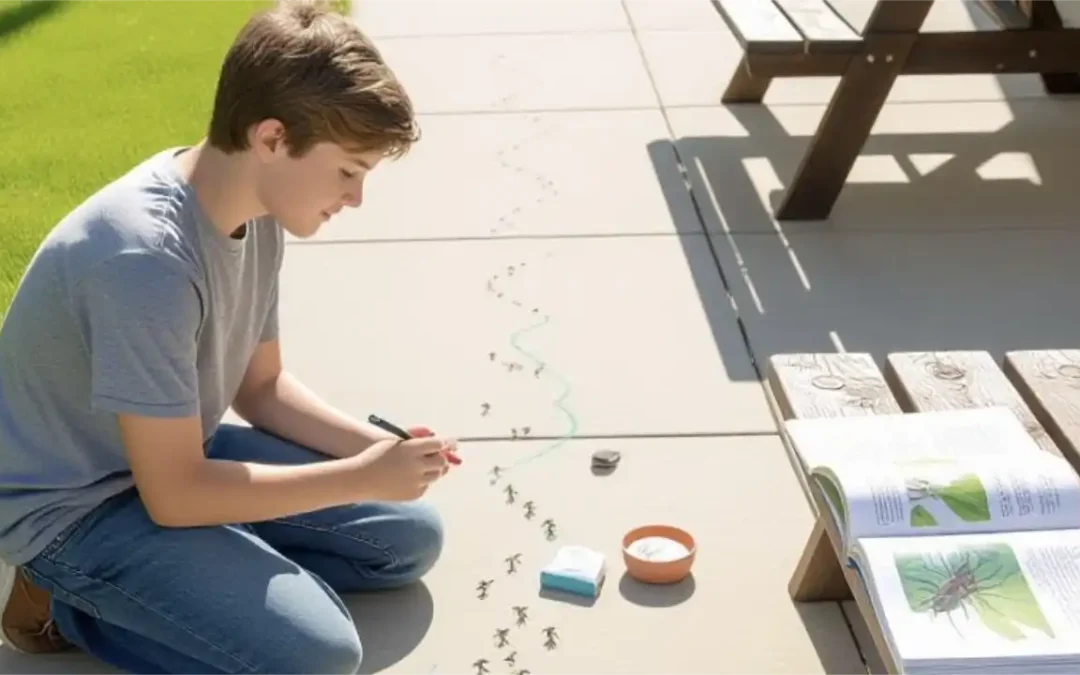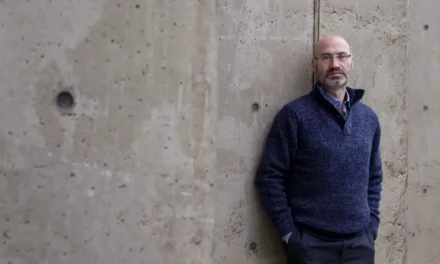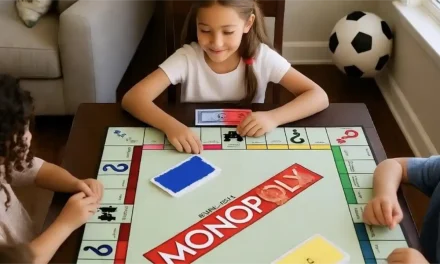
Encouraging Curiosity: Chase Exploration
S
ome of the richest learning happens not in a straight line, but in a wandering one. When a child wants to build a fort, take apart a clock, or trace a bug’s path through the grass, they’re not wasting time—they’re pursuing the kind of exploration that trains focus, nurtures patience, and fuels understanding. These detours may look aimless, but they sharpen the mind in ways a worksheet never could. Your job isn’t to steer them back to the “real” lesson—it’s to follow their lead long enough to see where it might go.
One afternoon, my daughter began building a tower from scrap cardboard. At first, I thought she was just fiddling with tape. But then came the questions: “How tall can it go before it falls?” “What shape holds best?” She wasn’t just playing—she was testing, refining, comparing. Her room turned into a quiet lab, and her hands followed the trail her questions left behind. Later, she proudly showed me a final version that had taken hours—and dozens of adjustments—to get right. No assignment could’ve taught her more.
You don’t need to direct the process—just make space for it. Keep simple tools around: string, paper, magnets, measuring cups. When your child gets pulled toward something unexpected, let it happen. Ask what they’re seeing, what they’re testing. Exploration isn’t about outcomes—it’s about giving curiosity enough room to find its own form. When children learn that wandering isn’t wasted, they begin to chase questions deeper and with more confidence.
Encouraging Curiosity

Encouraging Curiosity: Model Growth by Changing Your Mind
Show children that changing your mind is a sign of learning. Modeling flexibility teaches humility, reflection, and thoughtful decision-making.

Encouraging Curiosity: Build Boldness
Confidence grows when children take risks and try new things. Learn gentle ways to encourage bravery, courage, and resilience.

Encouraging Curiosity: Model Curiosity with Diverse Ideas
Show your child that curiosity is a strength. Share new ideas, cultures, and perspectives to inspire wonder and open-minded thinking.

Encouraging Curiosity: Spark Questions
Invite children to ask open-ended questions every day. Curiosity grows when their wondering is welcomed and explored with patience.
Table of contents

Primordial Soup for the Mind: Navigation
Navigate the book Primordial Soup for the Mind.
TIPS
- Let your child linger on self-driven projects without rushing to redirect.
- Ask questions about what they’re building or testing.
- Offer materials, not instructions.
ACTIVITIES
- Build Time: Set out tools (cardboard, tape, string) and invite your child to invent something. Stay nearby, but let them lead.
- Explore Walk: Take a slow walk with no agenda. Let your child choose the path or stop to investigate whatever catches their eye.
EXAMPLE
My daughter turned cardboard scraps into a tower, then kept redesigning it to make it taller. She wasn’t just playing—she was testing, adjusting, and thinking like a builder.

Download “Primordial Soup for the Mind: A Parent’s Guide to Nurturing Intellectual Growth”
Enter your information to get this article and hundreds more as part of the FREE book Primordial Soup for the Mind.
Share your thoughts with the Thought Academy community in the Comments section below.

Sharpen those skills!
Enter your information to get our FREE practice exercises so you can hone your critical thinking and reasoning skills!







0 Comments